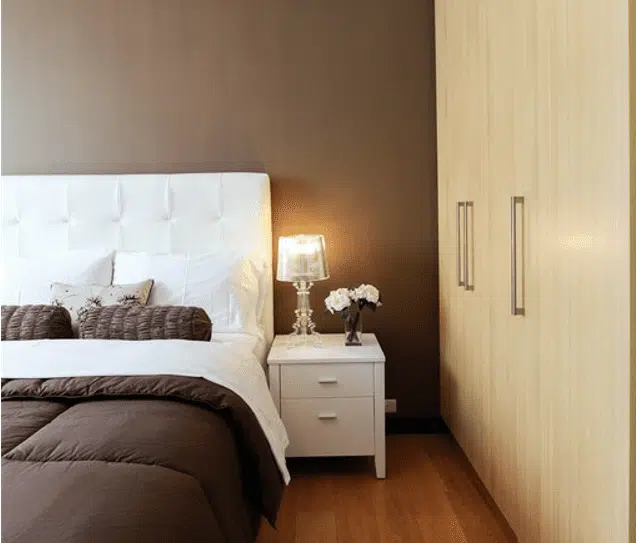Bedroom Fall Prevention for Seniors
Posted in Bedroom fall prevention
Falls are a well-documented hazard for older adults, particularly for those who live alone. In fact, this type of accident accounts for more than 3 million emergency department visits in the US annually, with one in five falls leading to serious injuries ranging from broken bones to traumatic brain injury.
The risk of falls increases significantly at night, and while much has been written on fall prevention throughout a home, this article will specifically discuss what can be done to make a senior’s bedroom safer, particularly if they have difficulty sleeping through the night or experience significant movement while sleeping.
- Assessing a mattress: Mattresses that are too firm or soft can cause back pain, leading to restless nights and increasing the chance of an older adult waking up in the middle of the night. A mattress that is too soft can also provide poor support when getting out of bed, increasing the risk of falling while standing up.
Consider replacing a mattress every seven to ten years (more frequently if the person spends much of their day in bed), at the first signs of sagging, or as a preventative measure if the user reports discomfort or interrupted sleep due to discomfort.
- Check bed height: A bed that is too low or too high off the ground greatly increases the chance of falls and makes the process of getting into or leaving a bed much more physically strenuous.
Generally, a bed should be just high enough that a senior can place both feet flat on the ground, with their hips slightly higher than their knees.
- Reconfigure furniture: If an individual sleeps restlessly or moves around the bed in their sleep, consider changing the layout of the bedroom. By placing the mattress flush against a wall, the risk of falling out of bed while asleep is cut in half.
Consider the other furniture in the room, keeping an eye out for any dressers or nightstands positioned at corners that may catch an individual’s foot as they turn.
- Provide support to aid in standing: Consider positioning a sturdy nightstand right next to the individual’s bed with an easy-to-use lamp positioned on top. This allows seniors to both improve visibility before leaving bed, and also provide support to aid them in raising or lowering onto the bed.
- Create a roll barrier: Purpose-made roll-prevention bars exist, but can be difficult to operate alone. An alternate option is to place a wedge pillow or foam pool noodles underneath a bed’s fitted sheet around the perimeter of a mattress. These soft barriers can be further secured by taping them directly onto the mattress.
- Position walkers, canes and shoes practically: Keep whatever assistive device a senior may use within arm’s reach of the bed every night, rather at the foot of the bed. This allows a senior to use these devices for support as soon as their feet touch the ground.
Non-flip flop-style house shoes with non-slip soles are a powerful fall prevention tool, but only if they are used. Consider keeping house shoes underneath the bedside nightstand so they can easily be accessed, but will not be caught underfoot when a senior rises from bed.
- Avoid slippery bedding and sleepwear: Be mindful of bedding fabrics and how they may interact with an individual’s sleepwear. Acrylic, satin and acetate-style fabrics can be extremely slippery and allow the wearer to suddenly slide off the bed while attempting to stand.
- Avoid exposed electrical cords: Electrical cords are a frequent cause of falls. When assessing a bedroom, be sure to route all cords behind furniture and away from standing and walking paths.
Cords should be secured along walls using tape, and any slack in a cord from the appliance to the outlet should be bundled together and tied to avoid movement.
Taking the steps outlined above can significantly lower the risk of falls although long-term fall prevention will require a friend, family member or home caregiver to frequently recheck that these measures remain in place.
While we all want the best for the older loved ones in our lives, we cannot always be present. If your loved one has experienced a fall or has medical conditions that might make them prone to falling, it may be time to consider a solution through home health care.
A home health caregiver can be a constant presence in an older adult’s life, providing peace of mind and assurance when friends and family cannot be present.
If you are concerned about the wellbeing of a loved one, but want them to continue to enjoy the stability of remaining in their long-time home, consider calling SelectCare to learn how home health care can help.
